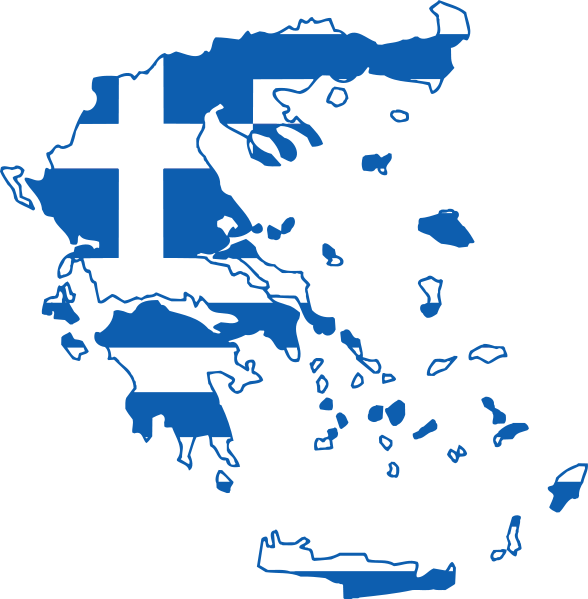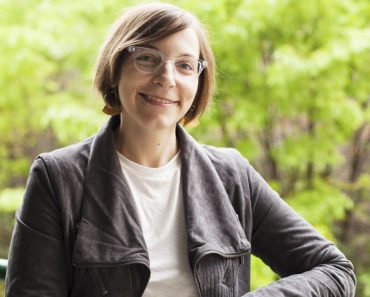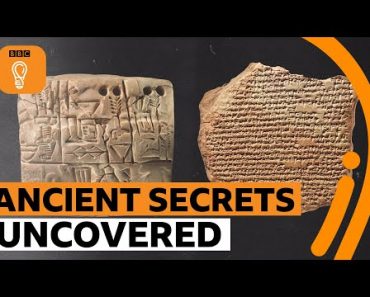In my over-brimming but leaky memory reservoir lies an image of a much younger me sitting under a tree beside a lonely dirt road on a hot July day in 1964. I’m in Greece, reading a book, waiting for a car or truck to come down the road so I can try to hitch a ride somewhere. Anywhere.
The dirt road is the main highway though the central Peloponnesus from Sparta and Mistras, where I spent last night, to the site of the ancient Olympic Games some hundred miles west. In 1964, it is a rough roadway with little traffic. The book is “The Greek Way” by Edith Hamilton.
I love that book; reading Hamilton’s stories of ancient myths and heroes in the very land of their happening intensifies the drama packed into the stories themselves. I am excited to spend days and nights in the landscape that gave birth to stories that have shaped my own culture. Greece feels like the native soil of my soul.
What did not matter to me at 24 but does now: Edith Hamilton, who wrote that book, was an aging amateur.
Her career had been one of a pressured headmistress of a preparatory school in Baltimore. During those working years she was planting and watering a crop of knowledge about the ancient Greeks, their language and their culture, out of sheer love. But it was not until after her retirement that she began to harvest the bounty of her lifelong study, and her first book, which was stoking my imagination by that Greek highway, she wrote in her late 60s. She went on to write a shelf full of books digging further into the cultural wealth of ancient Greece and translating Greek tragedies.
She was doing what she loved. What’s inspiring about Edith Hamilton is not just her post-retirement productivity, but her ability, in her maturity, to pass over into the consciousness of people in a much different time and place, and to make that consciousness live again for people in her own time and place, like me. She clearly loved doing that.
And doing what you love is the real meaning of “amateur.”
She was doing what she loved, what nourished and energized her, where her amour (love) was alive and flowing. Her “declining years” were her most passionate and creative years. That’s what inspires me.
Now back to the story. Finally, a truck came trundling down the road. The driver was a young woman, and piled in the back were her work crew and their equipment. The crew was employed by the Greek government to keep the highway passable. It was late in the day and they invited me to stay the night with them in their makeshift barracks a few miles down the road. A wooden table and chairs stood in the kitchen beneath an oversized photo of Queen Frederica. Laughter and generosity crossed the language barrier and made a rustic supper of tomatoes, cucumbers and olives, and the mandatory bottle of local retsina, into a banquet.
The young woman had a man in her life. He had made his way to Chicago and promised that he would come back and marry her, but that was several years ago and she hadn’t heard from him in a long time. She had hope.
For me, she melted into the mythology of the land. She was Penelope waiting long years for Odysseus to return from the Trojan War. She was Circe, lonely yet self-contained on her island. Maybe she felt tormented like Antigone or later became bitter like the spurned Medea. Or could she be incredibly resilient like Psyche, caught in an impossible love that ended in her becoming divine? What greater story, what drama of the soul, would play out in the life of that young woman working her hands raw on mountain roads in 1964 Greece?
Now she’s in her 80s, let’s say, in Greece or in Chicago, with stories to tell. No longer working on the roads for Queen Frederica, her life’s story may have arranged itself more and more around an overarching myth, connected to an emerging spiritual aim or call that became clearer as she grew older. As poet W. H. Auden said, “We are lived by forces we scarcely understand.” We are lived by stories — our lives are layered with stories — greater than our circumstances.
In 1957, when Edith Hamilton was 90 years old, the city of Athens made her an honorary citizen. I suspect she knew then that she was living several stories at once. A connoisseur of myth, she undoubtedly noticed that the day-by-day story she was living resembled archetypal stories. I wonder if Athena, the goddess who gave the city of Athens its name, had become part of Hamilton’s inner knowledge — if Athena, mythic figure of wisdom and strength, self-controlled warrior, had become a guide and inner companion? Could such a mythic figure with her positive and negative traits have been constituted in Edith Hamilton?
Because it happens, you know. I’ve seen older adults in memoir workshops probe deeper and realize their individual narratives fit into a “big story,” an underlying plot. The energetic pathways of the unconscious, the sacred dramas of the soul, are charted by myth. The myths may arise out of Biblical, Indian, Norse, Bantu, Greek or recent American culture — all map the contours of the interior life that shape us in ways we scarcely understand. People of faith participate in a greater story that has power to shape their lives. In fact, the degree to which minds and hearts are transformed by the sacred story is the evidence of authentic faith.
Edith Hamilton cooked and stirred the cauldron of Greek stories from the earliest days of Western civilization. Plunging into archetypal stories such as these is really self-exploration. For those elders who value exploring their inner world, it can be the adventure of a lifetime.







